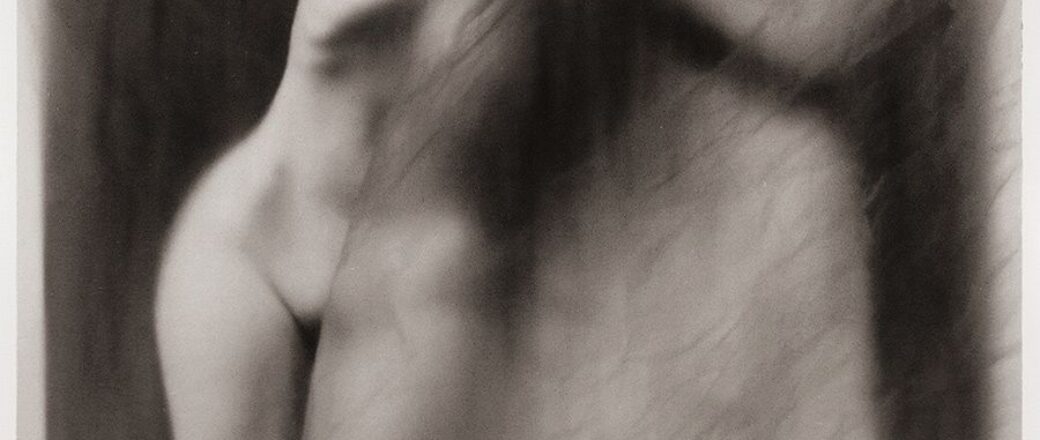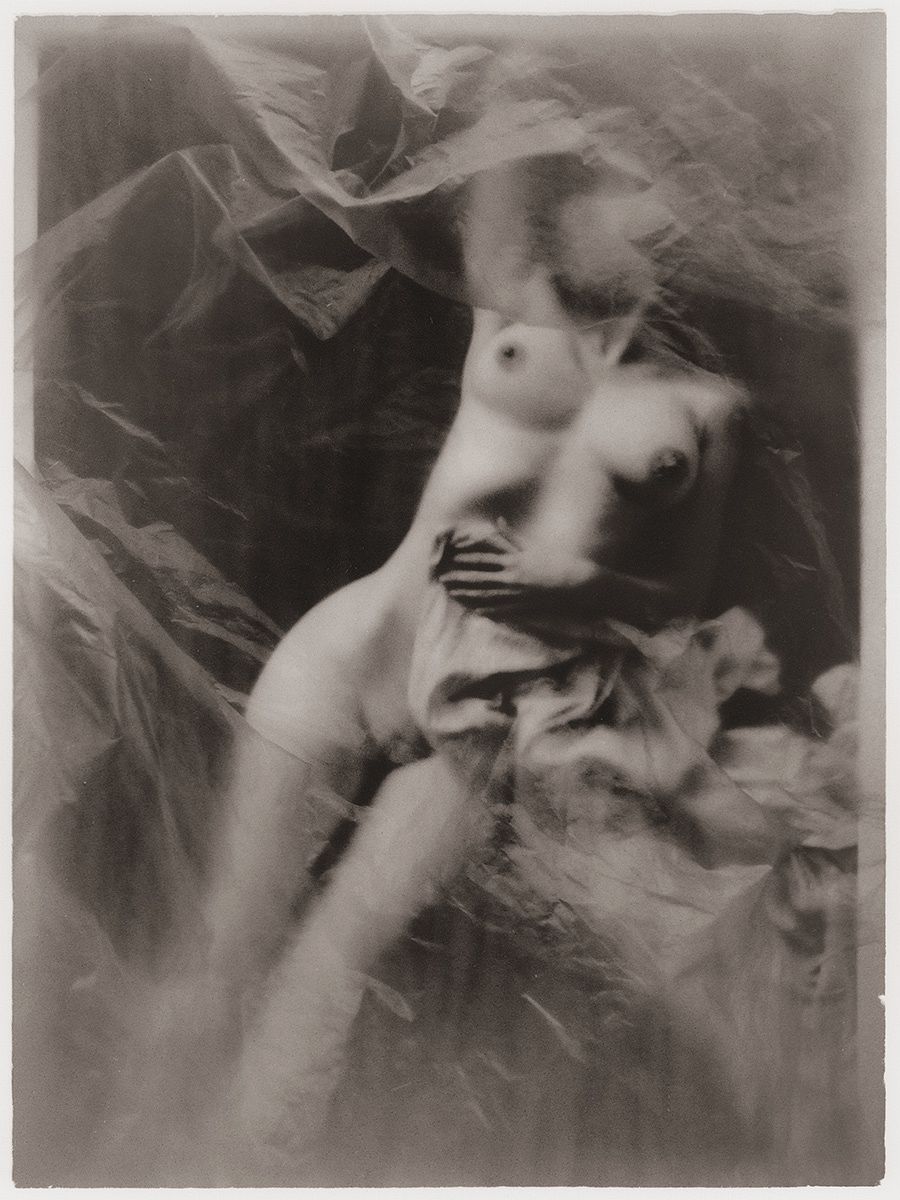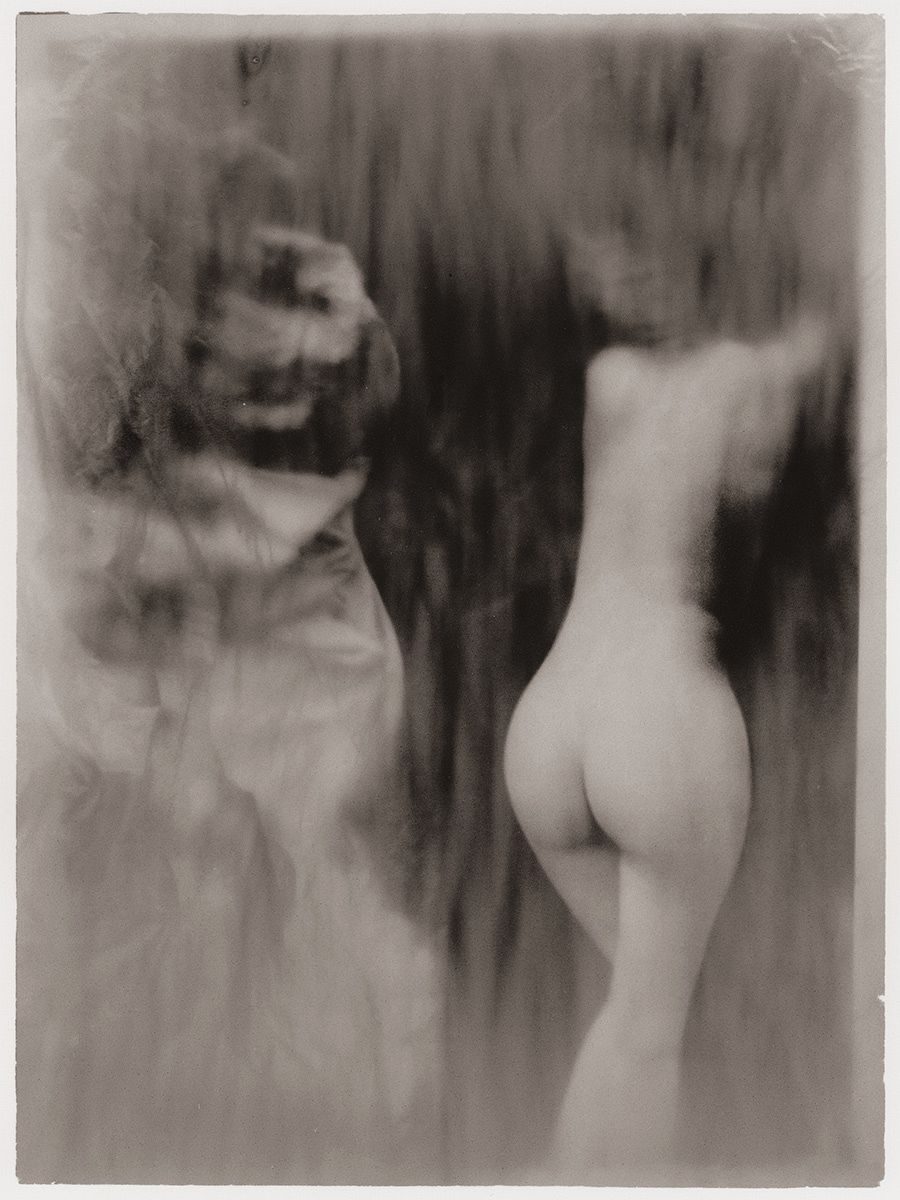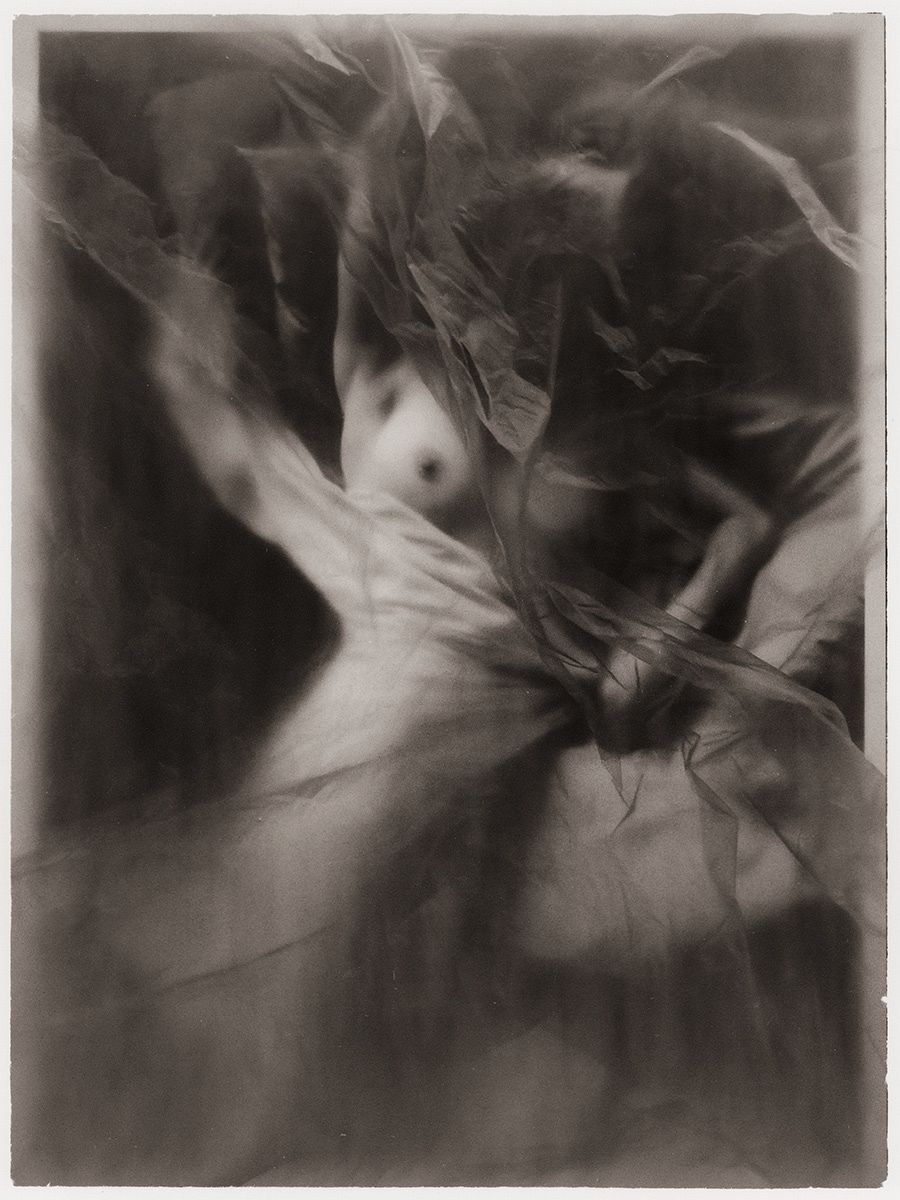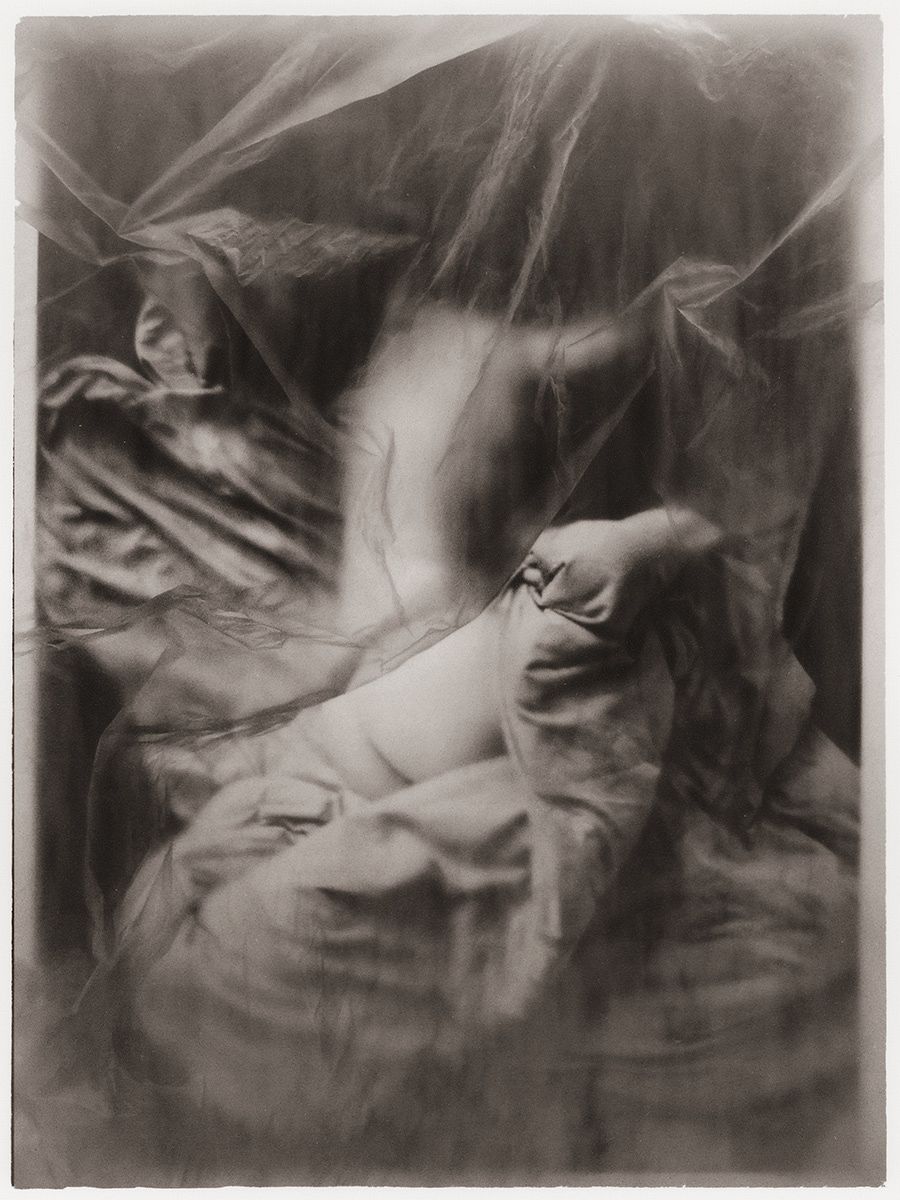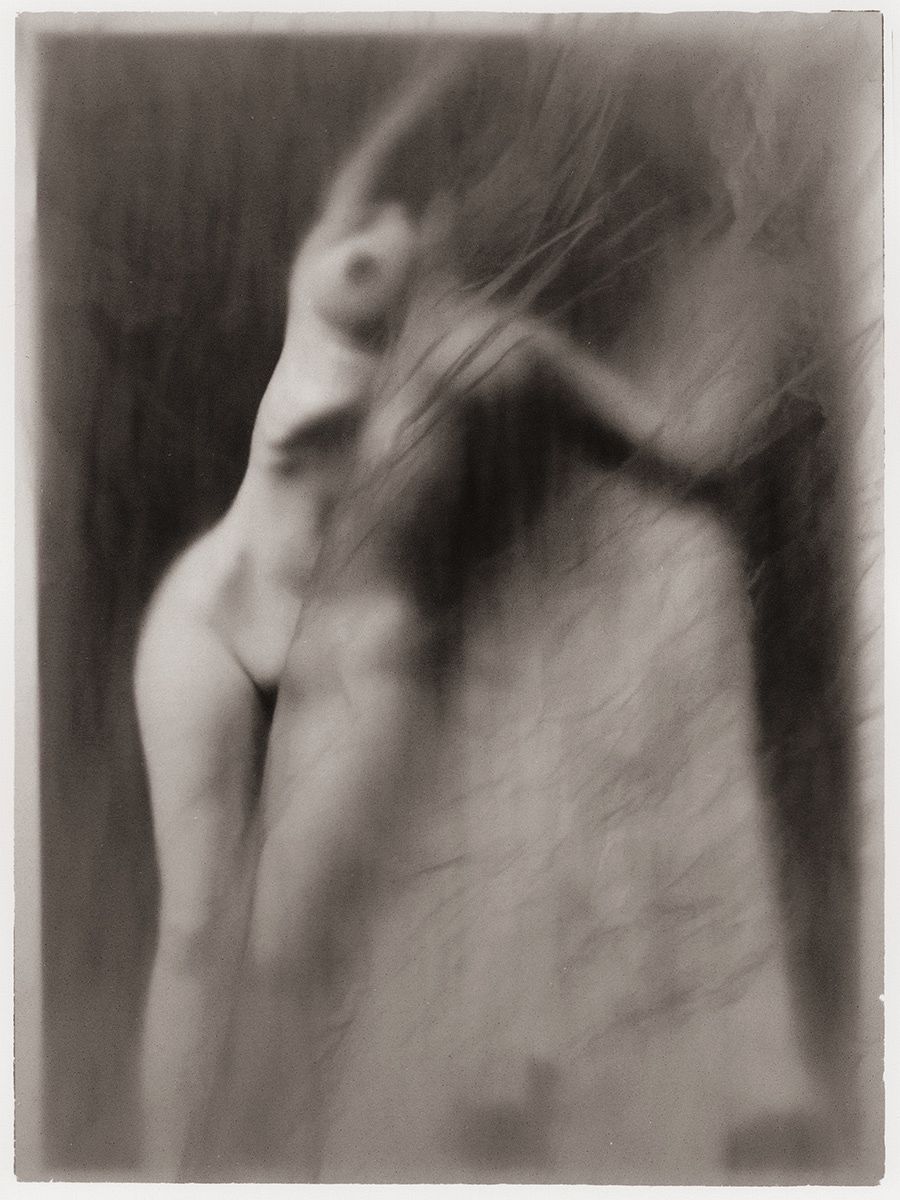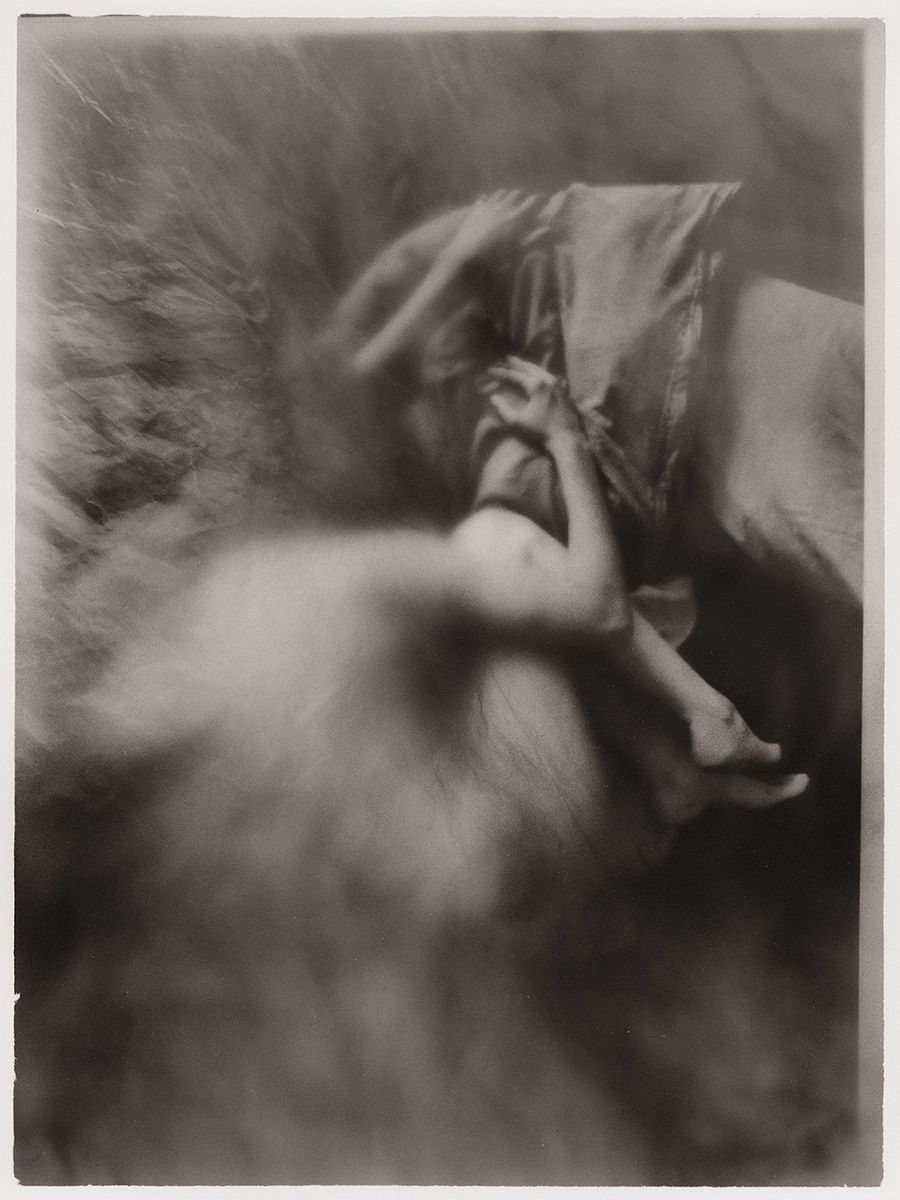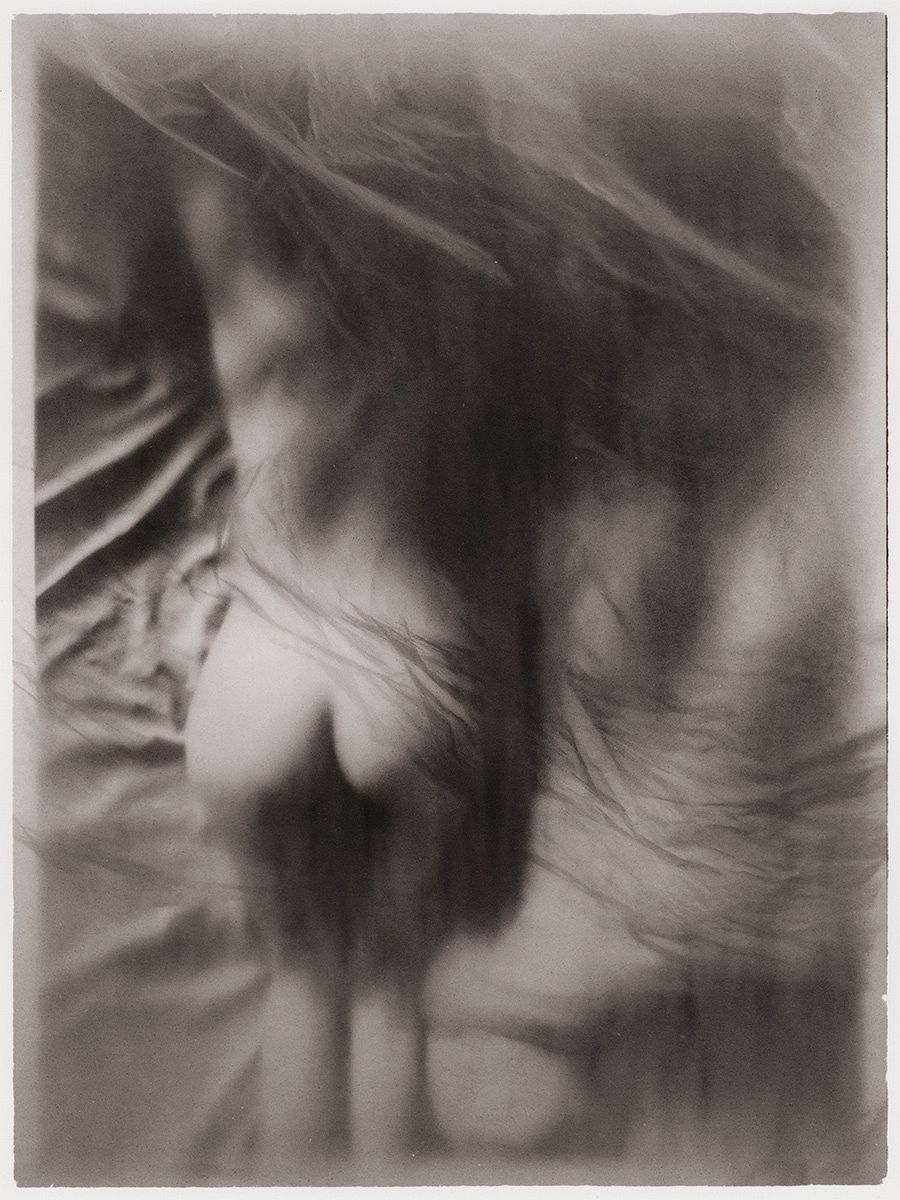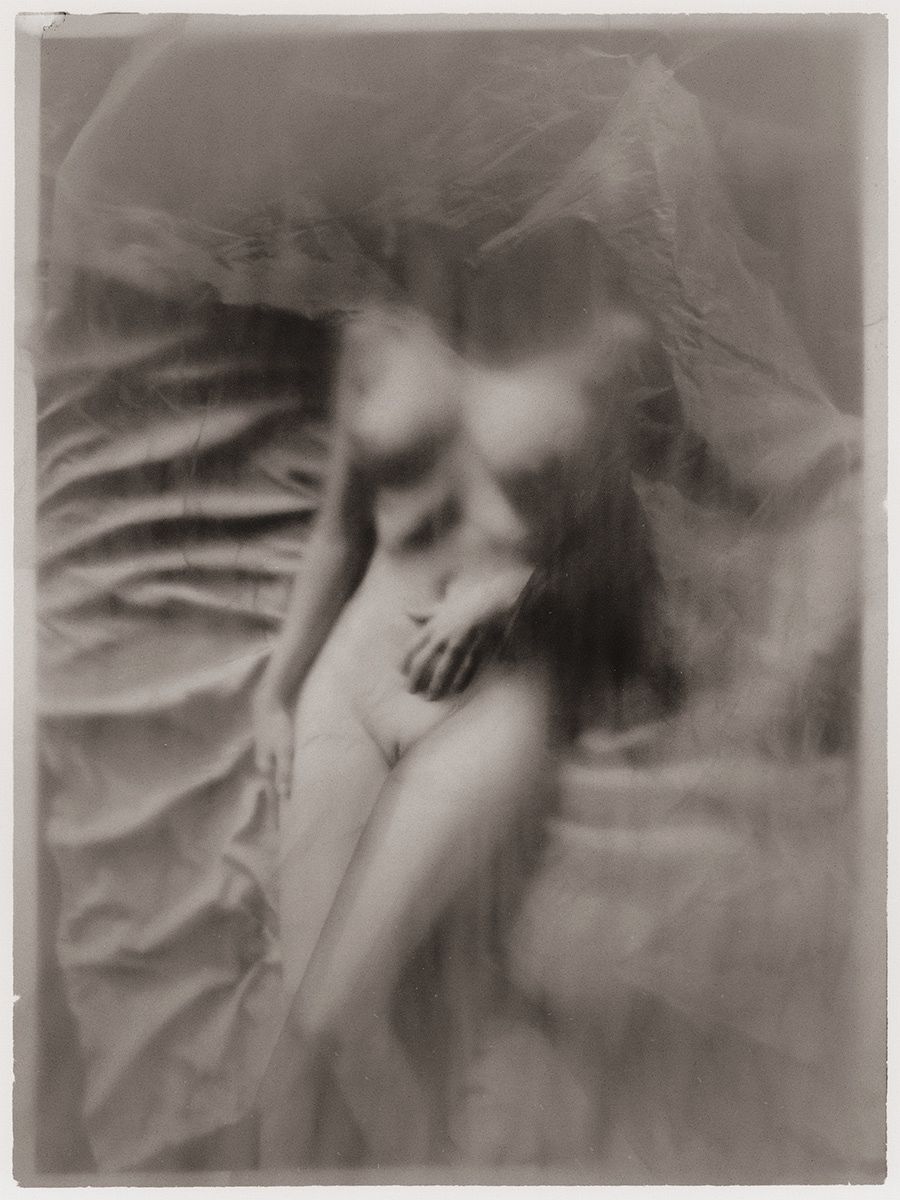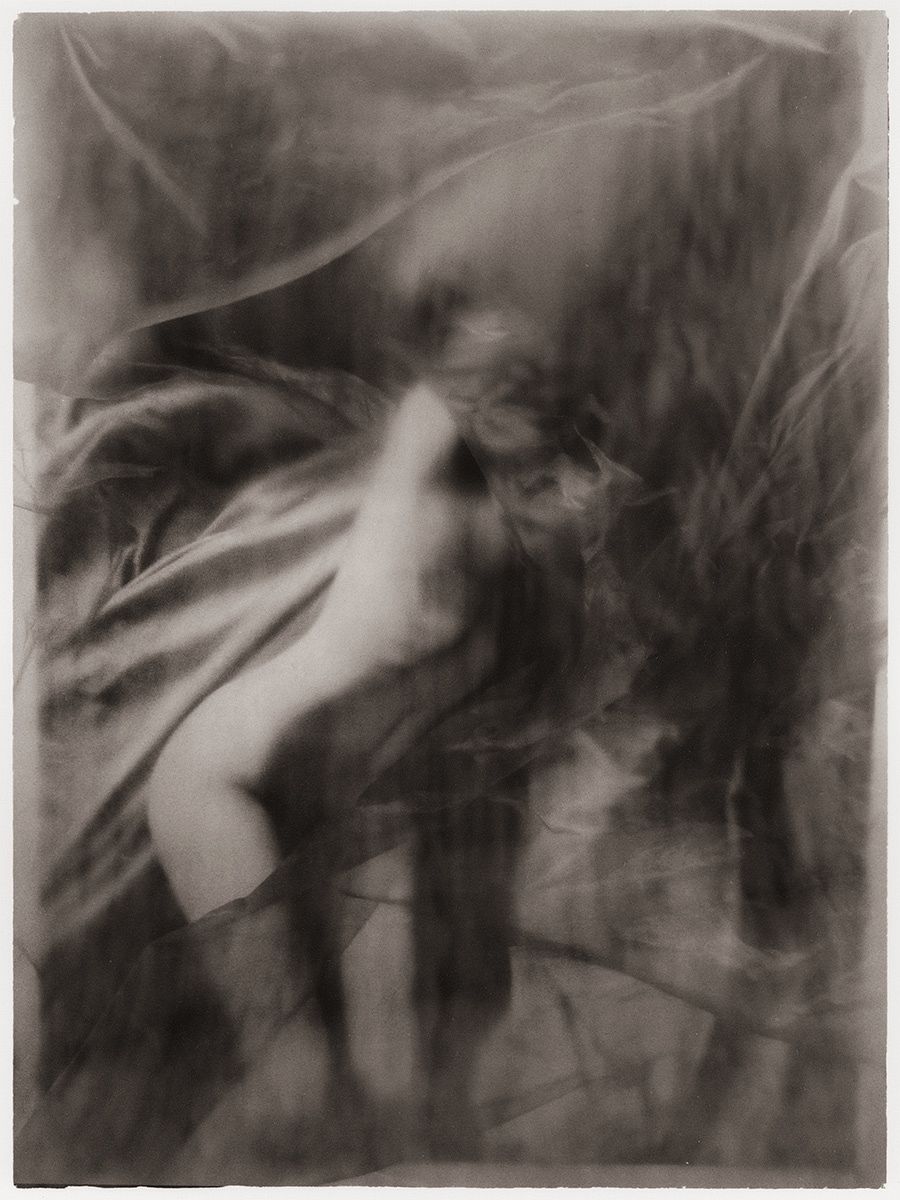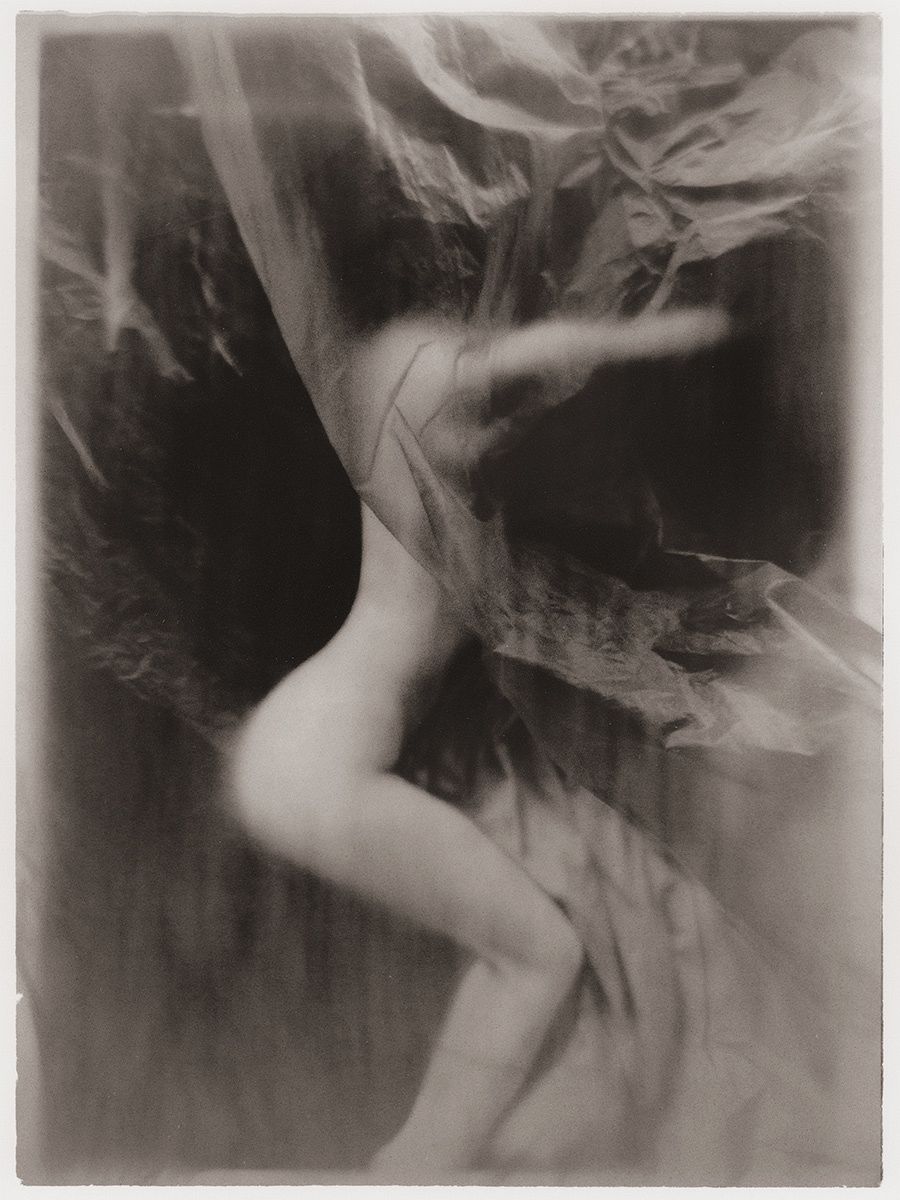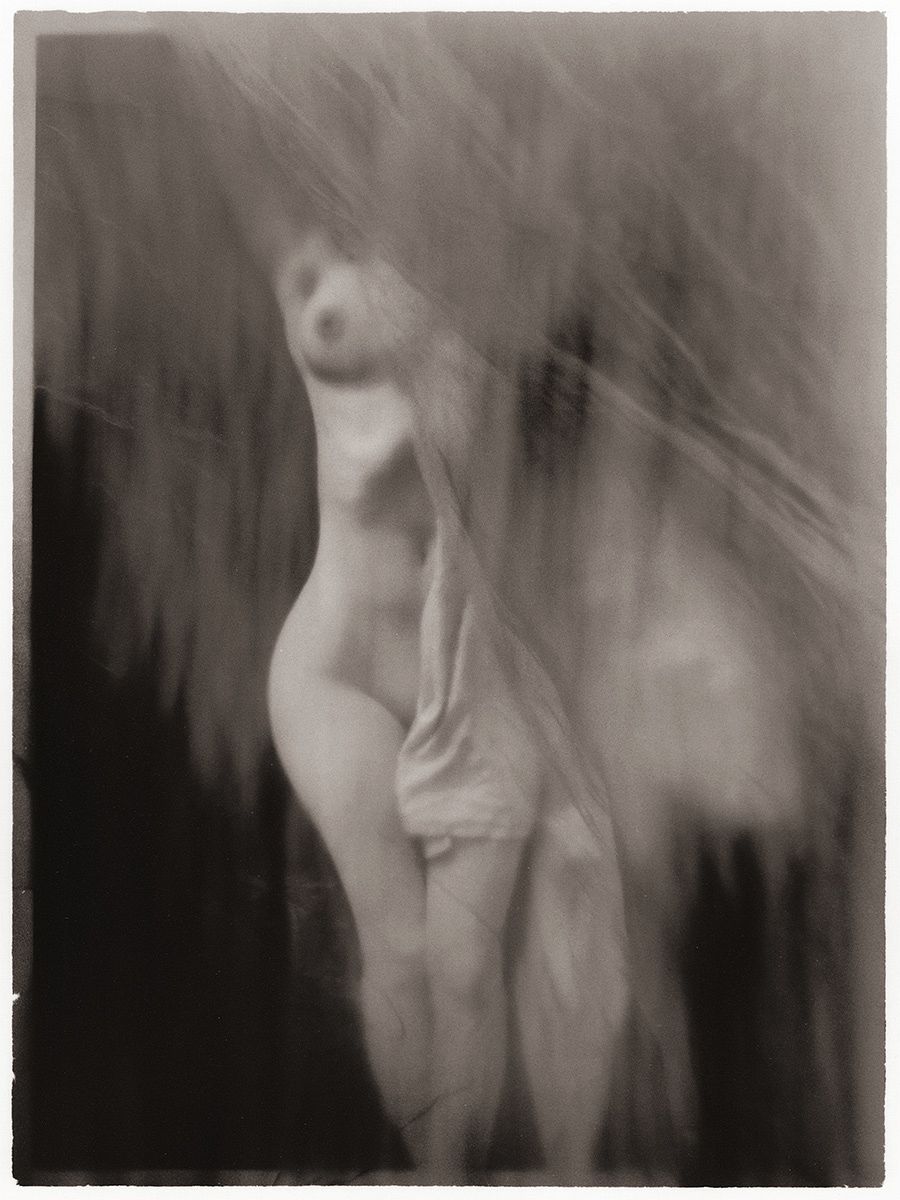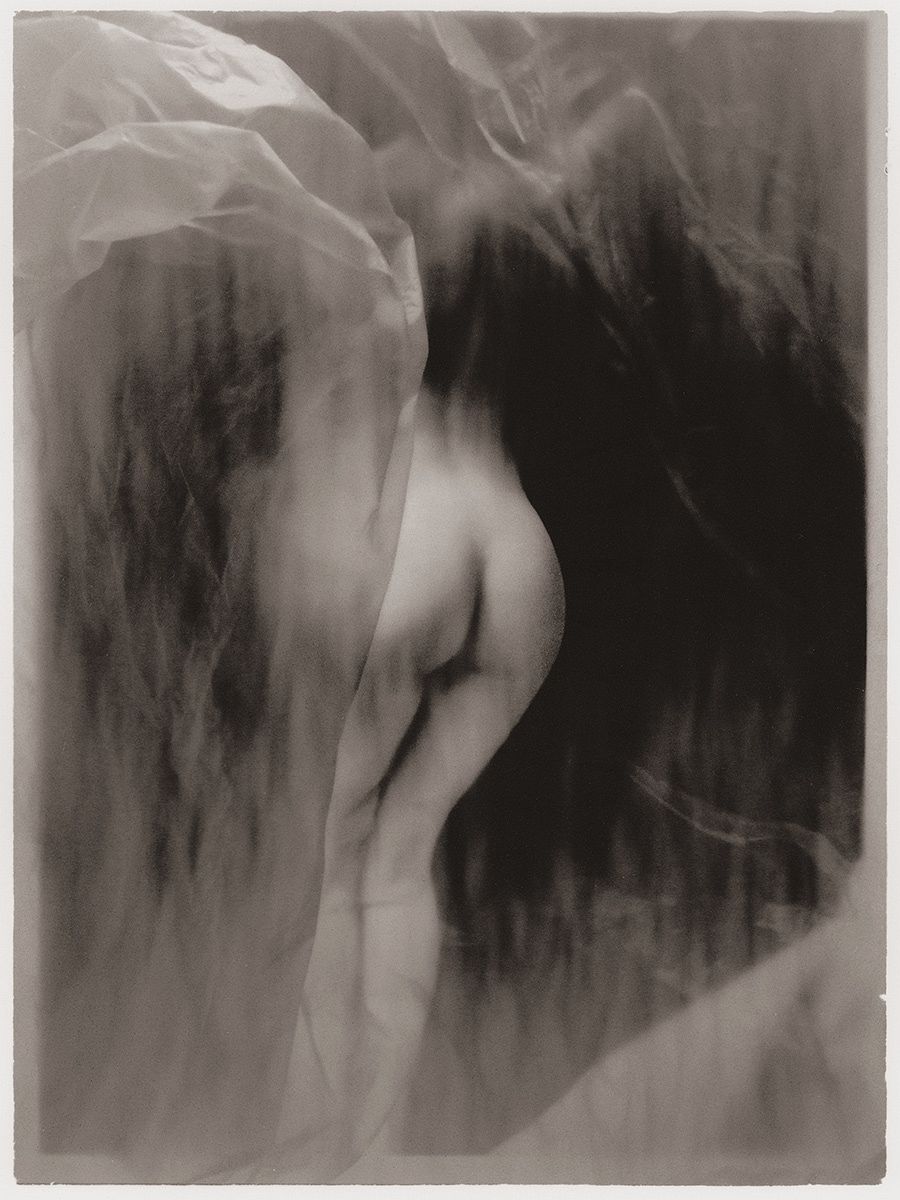Marcela Paniak – founder of the Viva Archiva! Foundation dedicated to the creative uses of photographic and film archives, co-run with Miłosz Hermanowicz. Doctor of film art and graduate of Photography at the Film School in Łódź. She teaches archival photography at the same school and at the Warsaw School of Photography. Member of the Association of Polish Art Photographers and the Łódź Photographic Society. Participant of individual and collective exhibitions. In her own photographic work, she focuses on topics such as archives, memory, history, identity and photography itself. Under her officially changed name and surname, she run a project exploring the identity of family photography and her own – and, above all, the truth and falsity of their presence. She gained her professional experience at the National Film Archive – Audiovisual Institute in Warsaw. She runs projects on archival photography. A person working for social archives. Author of texts on the social uses of photography. Scholarship holder of the Minister of Science and Higher Education. A Polish woman nominated in the international photography festival “Les Rencontres d’Arles”, maintaining contacts with the creative community in Paris and throughout France.
„Lithanium”
All that photography needs is light and time. Light can appear and disappear – it travels back and forth. But why do we have the impression of time passing only in one direction? Why do we remember the past and our future is in question?
Our memories are also not permanent – they change due to the context of the moment in which we run them back. What we are certain of is only a specific moment in time. Because it is sight, the most important human sense in exploring the world, that is able to place us in the present. After all, the human eye only sees what it looks at here and now. But with the help of photography we look at a world that is in a different reality. Photography therefore shows something that exists, but in a completely different time – one that we cannot experience otherwise than through photography. Visibility through photography causes belief in the reality of what is not directly visible and therefore absent.
It works similarly to the subconscious, which, during intense experiences, switches from functioning in reality to creative activity. For this reason, photography is a way for me to capture the present and re-experience it in a completely different time. Creativity is the only way of moving from the past to the future that I know.
– How and when did you become interested in photography?
I became interested in photography when I was still a child. It was completely intuitive for me to present my own worlds through images (not only through photography, but also through films). Today, I think what I liked about it was that I was able to communicate with others about what I had in my childhood imagination. And this is how I presented myself to others – my own personality and identity. So in my adult life, it was completely natural for me to choose photography studies at the Film School in Lodz in Poland (one of the famous school in Europe), that I graduated as a doctor of film art, and where I now also teach photography to other students.
– Is there any artist/photographer who inspired your art?
It probably seems unusual, but no – considering photography I do not have any artists who I am inspired by. This is because, as a photographer being inspired by other photographers, it would be too simple to be influenced by their way of seeing the world. That is why artists who are the real authorities for me are from completely different genres of art. And these are common topics that unite us, not the tools for representing the seen world. For example, in the genre of music, which is also very crucial for the creation of my photographs, it is Glenn Gould who played piano music in a very performative way, to such an extent that his humming and crooning remained in musical recordings, because he simply could not resist it. An artist who also created his works of art in a very participatory way was a Polish theatre director Tadeusz Kantor who still being in the role of director went on stage with the actors to talk about memories using quite simple means of expression, such as acting, mannequins, and objects of utilitarian importance. Also Władysław Hasior was a Polish sculptor who used completely ordinary objects to create unique sculptures commenting on Polish reality. Similarly, the Polish writer Wiesław Myśliwski writing his book about life on Polish countryside uses very simple spoken language to talk about the general essences of life, such as identity, human existence, time. For me, the common element of all these inspirations is the topic of memory and (extra)ordinary life. And, what is the most important, the authenticity of the creator.
– Why do you work in black and white rather than colour?
It’s very simple – in black and white, the world is simplified into forms and symbols whose meanings everyone can understand in their own way.
– How much preparation do you put into taking a photograph/series of photographs?
In my case, I spend a significant part of my time while working on a series of photographs on the concept – even before the final photographs are created, I try to imagine what each of them and the entire series will look like. Then, when I am sure of the meaning of my work, I start implementing it. I usually combine various techniques – silver and digital, mixing them at various stages of my photographic work. All this to create the best form for the content of my photographs. This is very important to me – that what the photos look like goes hand in hand with what they present.
– Where is your photography going? What projects would you like to accomplish?
Recently, while completing my doctoral work at the Film School in Łódź, I have been working very conceptually. Now I would like to work more intuitively with my photographs – just to see and feel, and then to photograph it. I am still interested in topics such as memory and identity. Also participating with my whole self in my photography experience is what is crucial for me. And it is why, to comment on the issue of the identity of photography, its truth and falsity, I officially changed my name and surname, under which I plan to continue creating photographs that are authentic with my own “self”.
Website: www.marcelapaniak.com

